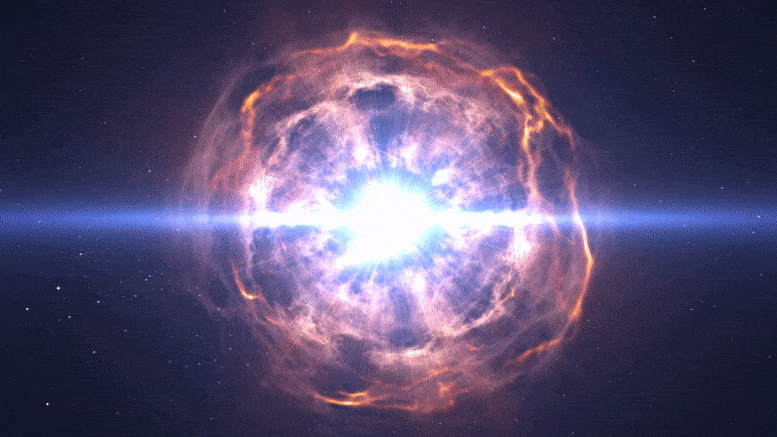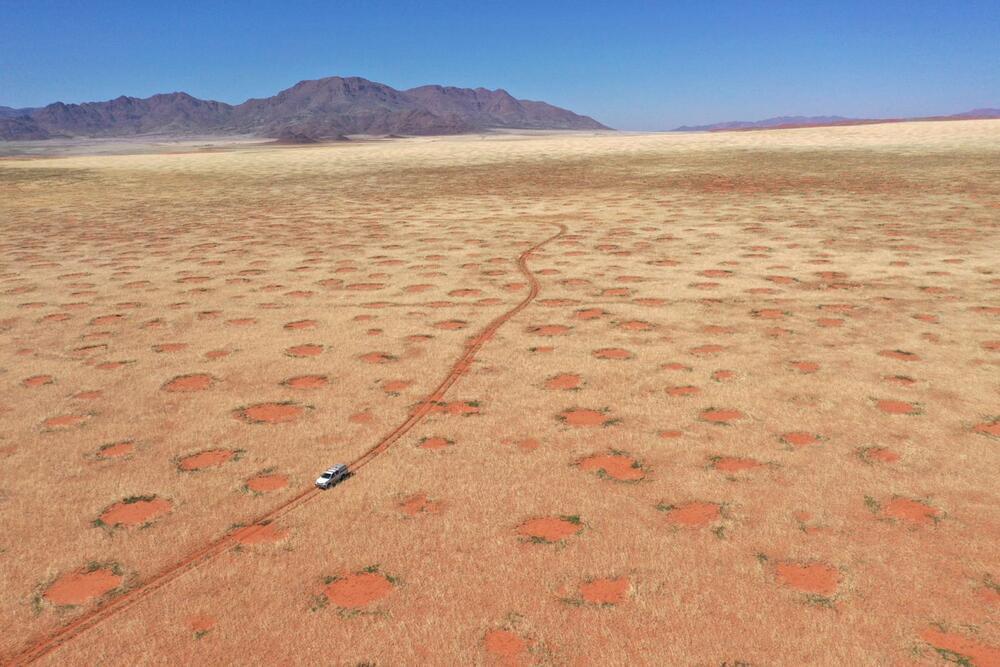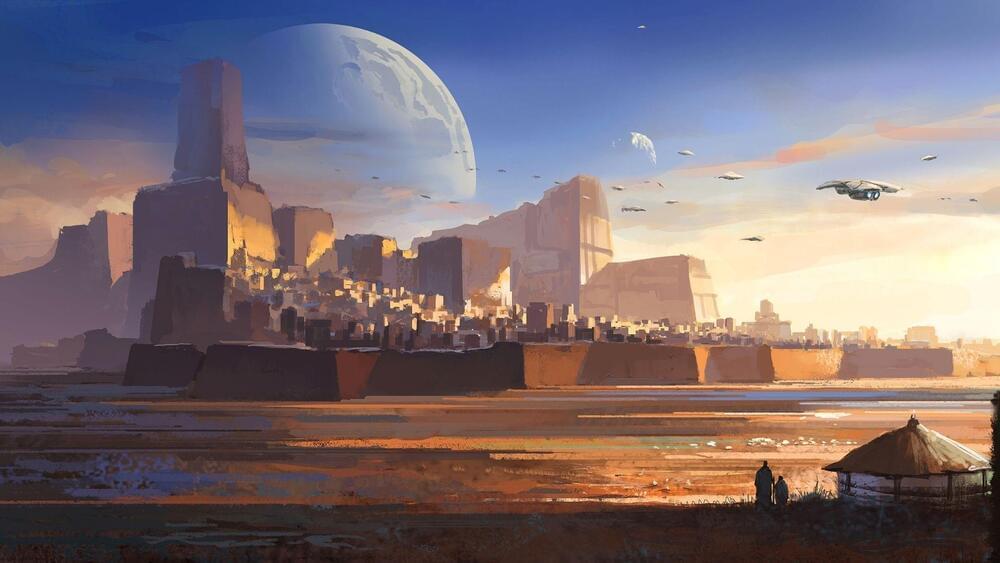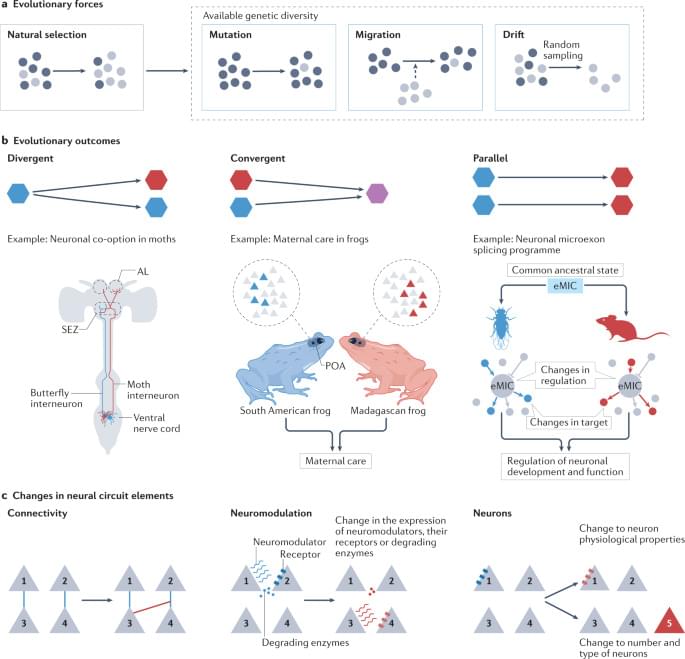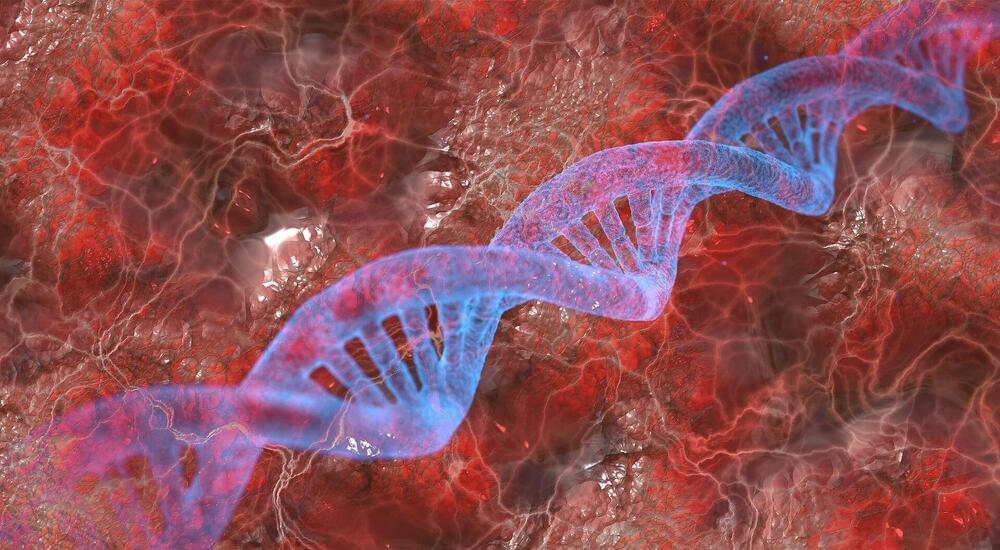An analysis of more than two decades’ worth of supernova explosions convincingly boosts modern cosmological theories and reinvigorates efforts to answer fundamental questions.
A powerful new analysis has been performed by astrophysicists that places the most precise limits ever on the composition and evolution of the universe. With this analysis, dubbed Pantheon+, cosmologists find themselves at a crossroads.
Pantheon+ convincingly finds that the cosmos is made up of about two-thirds dark energy and one-third matter — predominantly in the form of dark matter — and is expanding at an accelerating pace over the last several billion years. However, Pantheon+ also cements a major disagreement over the pace of that expansion that has yet to be solved.
